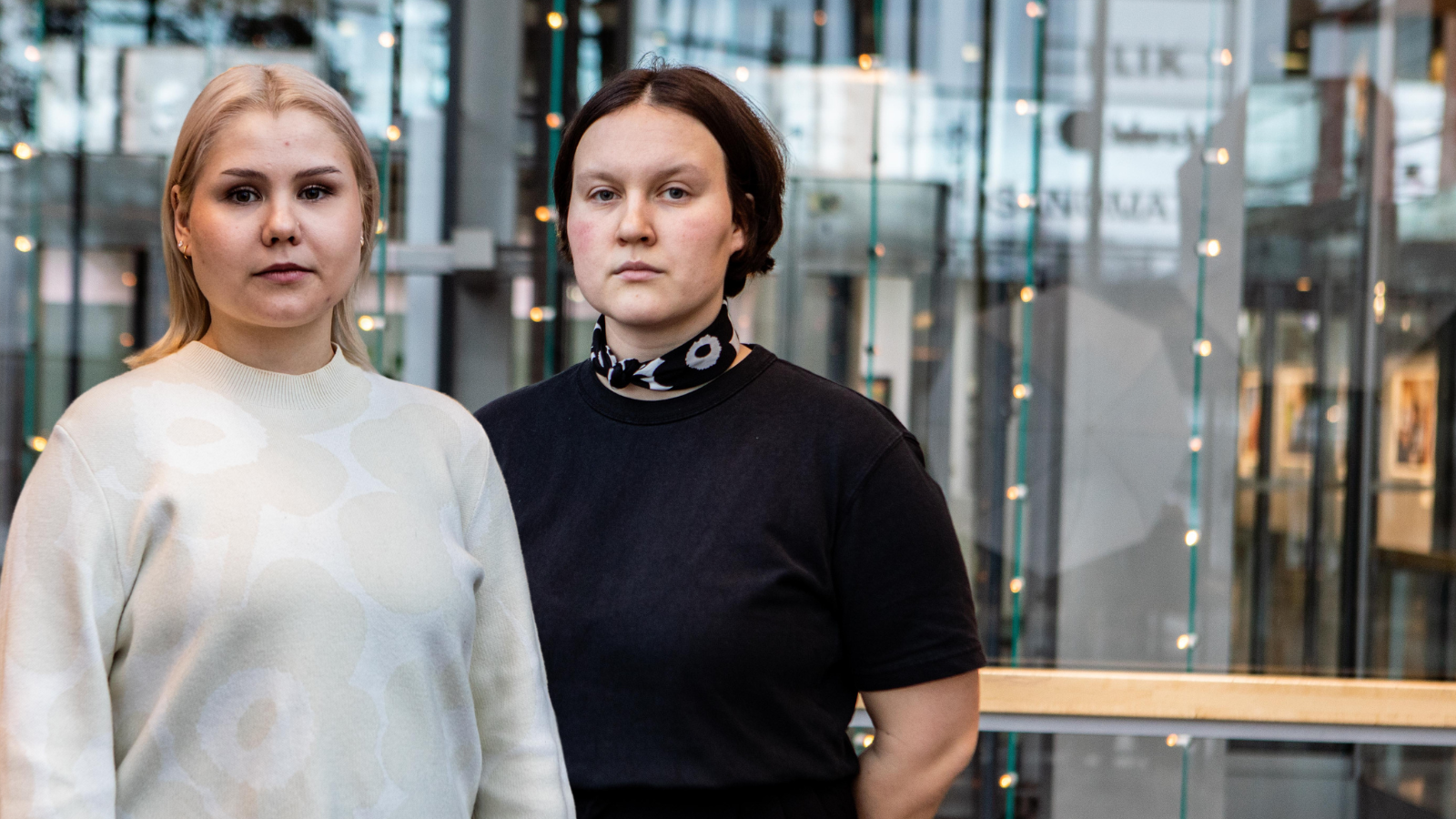It’s fair to say that 137,980 people are currently thinking about this post’s topic, student admissions in higher education. And no wonder, since applying to an institute of higher education is a milestone in a person’s life. Since there are only 53,000 study places available this time round also and roughly three times that many applicants, a great many people are facing disappointment.
The previous government gave the admissions system a major shakeup, and the institutes of higher education are now starting to see the consequences of this and are making adjustments accordingly. They are taking a particularly hard look at the scoring used in certificate-based admissions, and the development of a new, common digital entrance exam system. The points system used in certificate-based admissions has come in for especially heavy criticism. Among other things, grades in the advanced syllabus in mathematics are given a disproportionately high number of points, and the system puts an increasing amount of stress on upper secondary school students. But what exactly would constitute a good student admissions process, and who does it primarily serve?
In public debate, the admissions process in higher education is usually seen from the applicant’s perspective. This is natural, of course, since honouring every applicant’s right to a fair admissions process underlies the legitimacy of the whole system. In a legitimate process, all applicants have an equal opportunity to participate. Other important factors include the systematic nature of the process and applicants’ ability to have faith in it.
For applicants, the current situation is further complicated by the quotas reserved for first-time applicants – those who have not previously accepted an offer of a study place at an institute of higher education. The quotas were introduced to speed up younger applicants’ access to higher education, but it seems that for many they have instead delayed the start of studies. Students are more hesitant to accept a study place out of the fear that losing their status as first-time applicants would harm their chances later if they change their mind and apply for a different degree.
However, the position of individual applicants is not the only concern in the field of student admissions. Institutes of higher education have their own goals, politicians have their motivations for influencing the system, and trade and industry actors also want a say. Successful development of the admissions system would promote social mobility by giving underrepresented groups better access to higher education. Educating a heterogeneous cohort of ambitious people also benefits society at large.
However, one of the main difficulties facing applicants is simply their sheer number: there is no escaping the fact that there are far fewer study places than there are applicants. And modest adjustments can’t solve this: when push comes to shove, the admissions process is an unforgiving zero-sum game. As long as the number of study places is not increased, improving the position of any single group will always negatively affect others.
So, what really makes a functioning student admissions system? Since a perfect arrangement is impossible, value-based choices are unavoidable. Among other improvements, the overall process needs to be made fairer from the applicants’ perspective and more systematic, and must more effectively promote social mobility. Whatever the solution, however, it is highly unlikely to fully satisfy everyone. But by paying careful attention to research related to admissions processes and to the experiences of applicants, we can make the process at least a bit fairer, and also make it work better for institutes of higher education and society in general.




